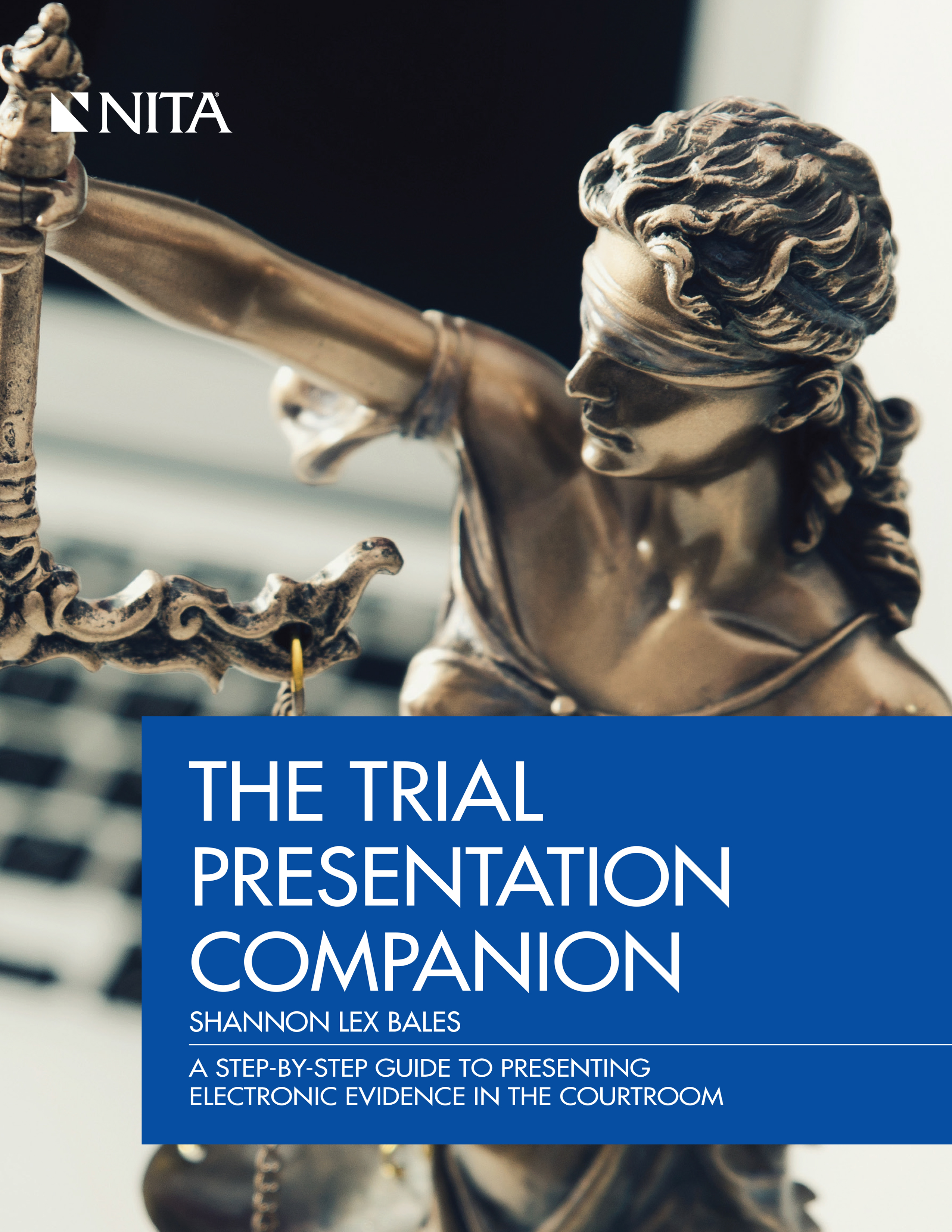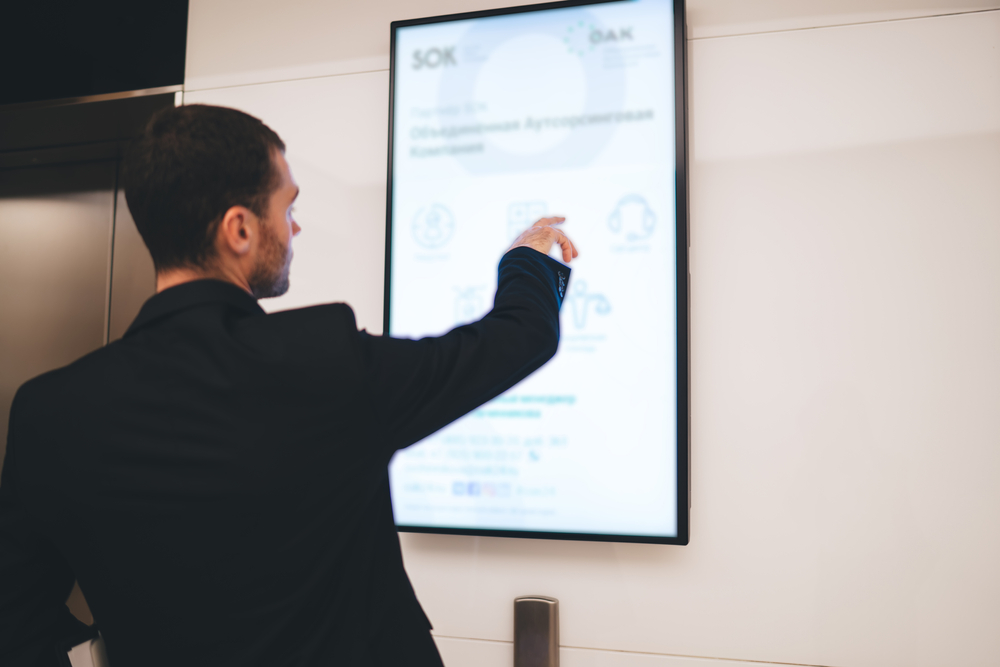Advanced trial presentations utilize visual media for engaging case presentations.
Secret Strategies for Developing Unforgettable Test Presentations That Win Cases
In the lawful realm, the distinction between winning and shedding commonly depends upon the performance of trial presentations. A well-crafted story not just clears up the facts however also reverberates emotionally with jurors, making complicated legal ideas more easily accessible. Incorporating aesthetic help better strengthens this understanding, giving a clear, unforgettable influence. The real art exists in striking a balance in between rational argumentation and emotional charm, a dynamic that can emphatically sway a jury's judgment. What remains to be checked out is just how these elements communicate in the warmth of a courtroom battle.

Harnessing the Power of Storytelling in the Courtroom
Why do some test discussions reverberate more powerfully than others? The answer often hinges on the art of narration. In the court, effective storytelling goes beyond simple presentation of facts; it weaves these realities right into a compelling narrative that engages the court's feelings and intellect. A well-crafted story can develop a brilliant psychological image, making complex legal concerns extra relatable and easy to understand. trial presentations.

Making Use Of Visual Aids to Boost Comprehending
Almost all efficient test presentations profit considerably from the strategic use of aesthetic help. Charts, representations, and other graphical aspects can change complicated lawful arguments into clear, understandable visuals, making them more obtainable to jurors who might not have lawful know-how. By visually representing information, such as timelines of events or relationships between events, lawyers can produce a more powerful impact and help with much better look at these guys understanding.

Integrating these aesthetic elements requires cautious preparation to guarantee they are legally allowable and morally presented, aligning with the general situation strategy and respecting court regulations. - trial presentations
Grasping the Art of Persuasive Communication
While visual help dramatically enhance the clarity and impact of trial presentations, similarly crucial is the lawyer's capacity to participate in persuasive communication. This skill hinges on the view careful articulation of arguments and the calculated use language to affect the court's understanding and decision-making procedure. Effective lawyers acknowledge that every word and expression can discreetly change perspectives and ideas. They concentrate on crafting succinct, compelling narratives that resonate with jurors' values and experiences.
Moreover, grasping persuasive interaction consists of the capability to read and react to the court's non-verbal cues. Lawyers have to be skilled at changing their distribution based upon the jury's reactions, demonstrating empathy and authority as required. This dynamic interaction often involves a nuanced equilibrium in between presenting tough truths and weaving them into a systematic, convincing argument that straightens with the jurors' sense of justice and fairness, therefore directing them in the direction of why not try this out a desirable decision.
Implementing Reliable Emotional Appeals
Psychological resonance is an effective tool in test presentations, where the critical use psychological charms can profoundly affect a jury's action. Litigators should judiciously include personal tales, expressive imagery, and engaging narratives that connect directly to the lawful arguments provided - trial presentations. This technique not just humanizes the case however likewise makes abstract lawful ideas extra easily accessible and relatable to the court
To apply effective emotional appeals, attorneys ought to focus on credibility and importance. Understanding the market and psychographic structure of the jury aids in tailoring emotional allures that reverberate ideal with the target market's worths and experiences.

Final Thought
Finally, winning trial presentations depend upon the calculated mix of narration, visual aids, and persuasive communication. By weaving a compelling story, releasing impactful visuals, and masterfully stabilizing psychological and sensible allures, attorneys can considerably improve juror interaction and understanding. This complex strategy not just makes clear intricate lawful issues but additionally fosters a deeper connection with the jury, thus enhancing the possibility of a positive decision.